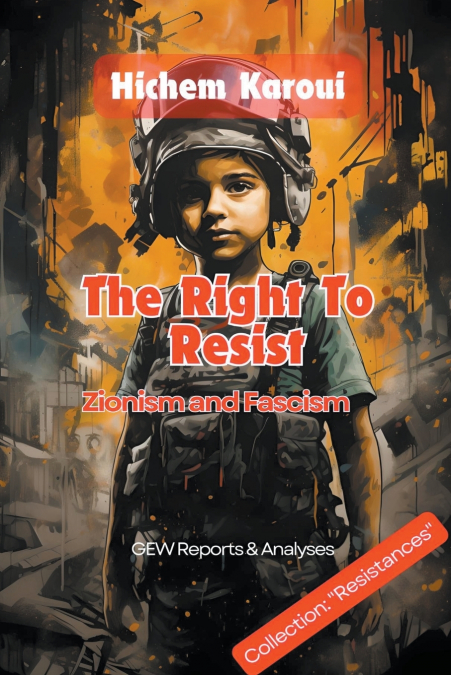
 Librería Desdémona
Librería Desdémona
 Librería Samer Atenea
Librería Samer Atenea
 Librería Aciertas (Toledo)
Librería Aciertas (Toledo)
 Kálamo Books
Kálamo Books
 Librería Perelló (Valencia)
Librería Perelló (Valencia)
 Librería Elías (Asturias)
Librería Elías (Asturias)
 Donde los libros
Donde los libros
 Librería Kolima (Madrid)
Librería Kolima (Madrid)
 Librería Proteo (Málaga)
Librería Proteo (Málaga)
Why do so many outstanding Jewish brains (Einstein, Marx, Freud, Asimov, Arendt, Chomsky, etc.) oppose Zionism and Israel? Because they are aware of the covert alliance between Zionism and fascism. While exploring and analysing the themes of resistance throughout history, this book sheds light on these truths that the Israeli state and its Western patrons have kept hidden.Some of the main topics addressed:The book argues that there was a 'secret liaison' and alliance between certain Zionist leaders and fascist regimes, especially Mussolini’s Italy, during the pre-World War II period.It contends that pragmatic Zionist leaders like Ze’ev Jabotinsky collaborated with Mussolini out of self-interest despite ideological differences. They sought support for Jewish emigration and colonisation of Palestine.The book particularly highlights the 1933 Haavara Agreement as an example of Zionist-Nazi collaboration. This allowed some Jewish emigration from Germany in exchange for Zionist economic support of the Nazi regime.It argues this represented an 'original sin' that compromised the moral foundations of Zionism due to collaboration with fascists and Nazis.The book argues that political Zionism has strong parallels with European colonialism and should be resisted on similar moral grounds. It views Zionism as a form of settler colonialism imposed on the indigenous Palestinian population.It contends that the Zionist movement strategically aligned itself with various imperialist powers to advance its colonial ambitions in Palestine, including Britain and later the United States.The book is highly critical of the collusion between Zionism and imperialism, arguing it undermines the moral legitimacy of the Zionist project in Palestine.It asserts that the Zionist occupation and oppression of Palestinians should be recognised as a grave injustice and condemned, just as South African apartheid eventually was.The book explores the concept of resistance. Here are some topics analysed:Anti-communism was a major form of ideological resistance, especially in the United States. This included McCarthyism and the Red Scare, where individuals and groups suspected of communist ties were targeted.Dissident movements arose within communist countries, pushing back against authoritarian rule and restrictions on civil liberties. Examples include the Prague Spring in Czechoslovakia in 1968 and the Solidarity movement in Poland in the 1980s.Student protest movements in the 1960s opposed both capitalism and communism. Groups like the New Left advocated for a more egalitarian society not defined by the Cold War binary.Decolonisation movements in Asia, Africa and Latin America resisted both superpowers’ attempts to exert influence and control over newly independent countries. Leaders like Ho Chi Minh in Vietnam and Fidel Castro in Cuba embraced communism but asserted national autonomy.The civil rights, anti-war, and feminist movements in the U.S. challenged the political and social status quo. Activists resisted forms of oppression and inequality rooted in capitalist systems.Artists, writers, and intellectuals used culture as a form of resistance. Figures like Alexander Solzhenitsyn and Václav Havel criticised totalitarianism and censorship in their writings.Religious groups like the Catholic Church in Poland and Liberation Theology movements in Latin America resisted communist restrictions on religion.The book is the first volume of a collection: 'Resistances'.